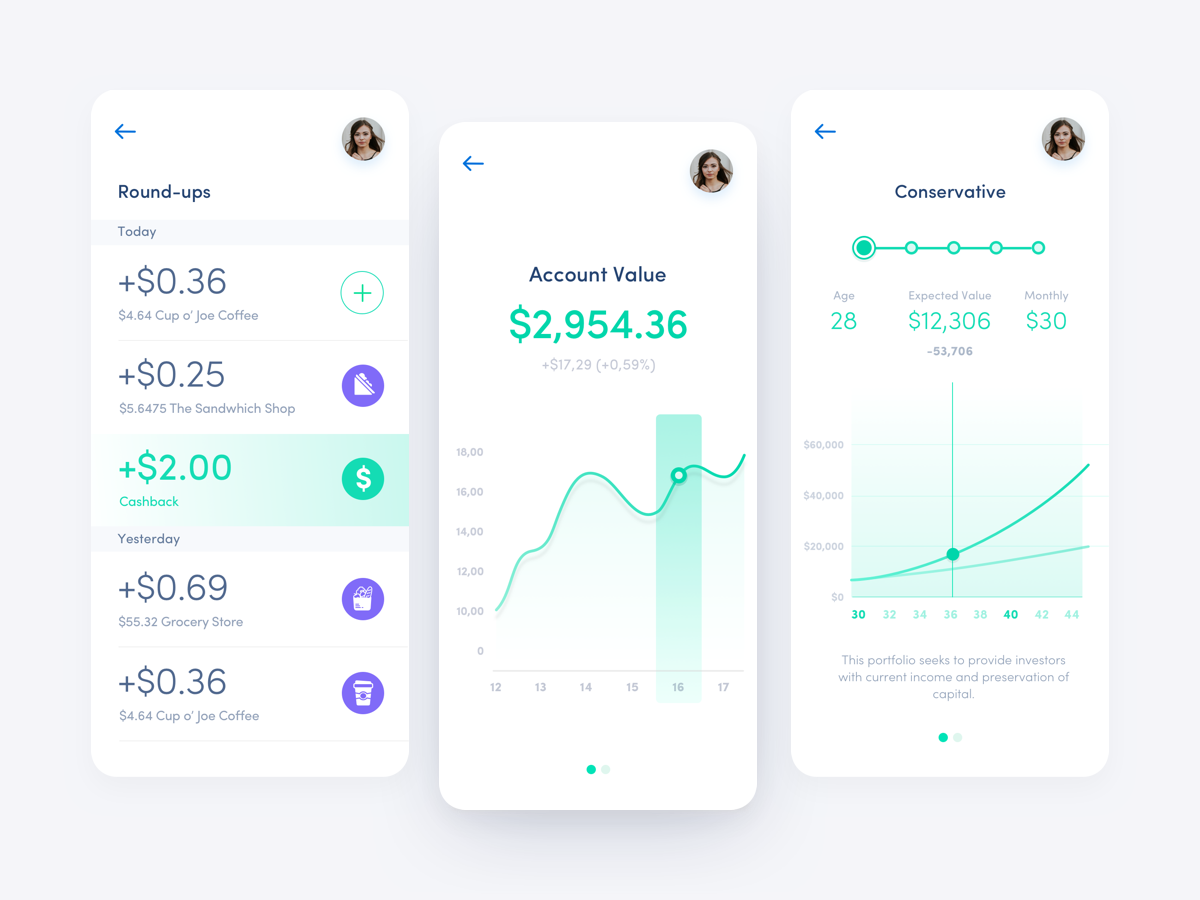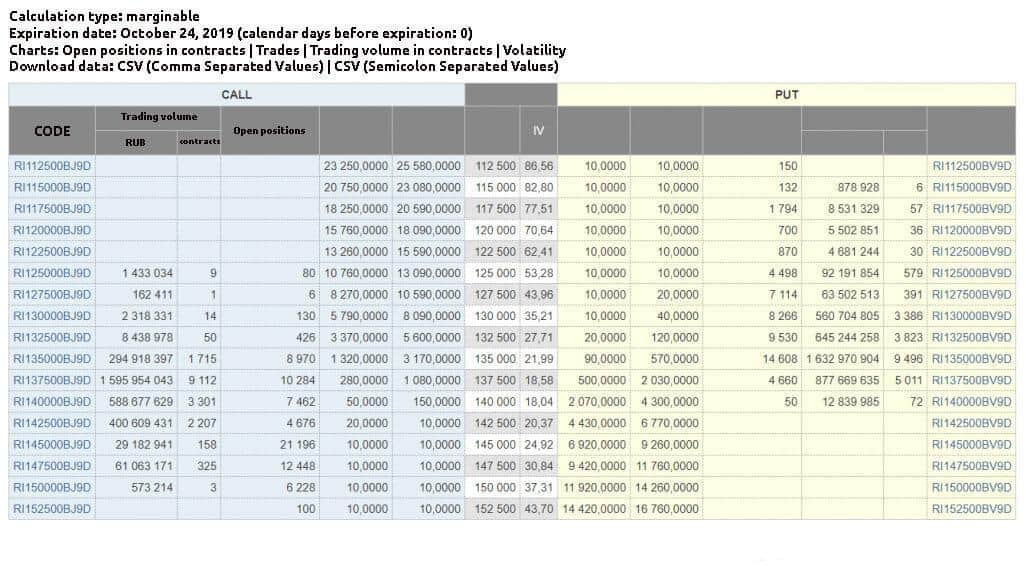
Investors who don't hold dividend stocks will be very happy because they won't have to pay taxes on any income earned until a gain is made. A lack of dividends can help you manage when you pay taxes. Warren Buffett, a wise investor invests only in high-quality stocks. He is unable to afford to buy dividend stocks without a safety margin. This is why he made bold moves like banking stock plays during the financial crises. To benefit from dividend stocks, you don't have to be familiar with the tax implications.
Stocks with high-dividends outperform those without dividends
Dividend stocks may be an option if you want a stock that has outperformed the broader market. BlackRock and Comcast are among the dividend-paying companies that have outperformed other stocks in recent months. Morningstar's US High Dividend Yield Index is leading the market with 14.4% points. This is a significant margin. Last year, it beat the U.S. markets by 9.8%.
Dividend-paying stocks have outperformed all other stocks since 1973. They have accumulated more money and generated a higher total return than their non-dividend counterparts. In 1973, dividend initiators had the highest returns but with lower volatility. Also, dividend-paying stocks tend to have higher monthly returns. You should consider purchasing dividend-paying stocks if your goal is to invest long-term.

Companies at the growth stage are less likely to pay dividends
There are many reasons companies that are in growth stages rarely pay dividends. Sometimes, companies do not have the money to pay dividends. Some companies, on the other hand never stop investing their profits. These companies can be considered growth stock, meaning that their reinvestments affect the company's growth as well as the stock price. Investors can make a good trade-off by investing in these companies. A good example is Amazon, which rarely pays dividends, despite its high growth potential.
Amazon and Apple, two companies that have achieved immense success and have a wide reach worldwide, are some of the best examples. Both these companies use profits to increase sales and expand their operations. They did not pay cash dividends and instead used the profits to grow their business. Microsoft did not pay dividends until the company was worth $350 billion. Because of this, founders and long term shareholders have become multi-millionaires and billionaires. Conversely, larger, more established companies tend to pay dividends regularly, and they are primarily concerned with increasing shareholder wealth.
Dividends have tax implications
Many income investors are not aware of the tax implications, despite the tax benefits that no dividend stocks offer. The tax code contains more than 10million words, compared with only 1.4million in 1955. The 2017 Tax Cuts and Jobs Act made it more difficult to navigate. You should carefully consider whether you want to invest in income-producing assets. You should ensure that you only invest in tax-advantaged assets if you want to maximize your tax benefits.
Nondividend distributions are not taxable because they do not represent earnings of the corporation. They are instead a return of capital. You can only make these investments taxable when you have to deduct the cost basis from your tax return. Nondividend distributions, particularly when reinvested, may be exempt from tax. To maximize their profits, investors should pay attention to the tax implications if there are no dividend stocks.

Sharpe ratio of portfolios with zero-dividends
The Sharpe index of zero-dividend portfolios is a popular indicator used for evaluating investment options. It is calculated simply by subtracting a portfolio's rate-of-return from its riskless rate, usually the yield on U.S. Treasury bonds. The portfolio's standard deviation divides the excess investment return. This formula assumes that returns are evenly distributed.
The Sharpe ratio is calculated using the risk-free rate, or the 90-day T-Bill. This metric allows investors to know how much extra return they can anticipate. This is because investors have to take more risk and earn higher returns. The Sharpe ratio can be calculated by multiplying an investment's average rate of return by its risk-free rate and its standard deviation.
FAQ
What is a Stock Exchange, and how does it work?
A stock exchange allows companies to sell shares of the company. This allows investors the opportunity to invest in the company. The market sets the price of the share. It is often determined by how much people are willing pay for the company.
The stock exchange also helps companies raise money from investors. Companies can get money from investors to grow. Investors purchase shares in the company. Companies use their money as capital to expand and fund their businesses.
There can be many types of shares on a stock market. Some shares are known as ordinary shares. These are the most commonly traded shares. These are the most common type of shares. They can be purchased and sold on an open market. Shares are traded at prices determined by supply and demand.
There are also preferred shares and debt securities. Preferred shares are given priority over other shares when dividends are paid. These bonds are issued by the company and must be repaid.
How do I invest in the stock market?
Through brokers, you can purchase or sell securities. A broker sells or buys securities for clients. When you trade securities, you pay brokerage commissions.
Banks are more likely to charge brokers higher fees than brokers. Banks often offer better rates because they don't make their money selling securities.
A bank account or broker is required to open an account if you are interested in investing in stocks.
If you use a broker, he will tell you how much it costs to buy or sell securities. He will calculate this fee based on the size of each transaction.
Ask your broker questions about:
-
Minimum amount required to open a trading account
-
Are there any additional charges for closing your position before expiration?
-
What happens if your loss exceeds $5,000 in one day?
-
How long can positions be held without tax?
-
What you can borrow from your portfolio
-
whether you can transfer funds between accounts
-
How long it takes transactions to settle
-
the best way to buy or sell securities
-
How to avoid fraud
-
How to get assistance if you are in need
-
Whether you can trade at any time
-
If you must report trades directly to the government
-
Reports that you must file with the SEC
-
Whether you need to keep records of transactions
-
If you need to register with SEC
-
What is registration?
-
What does it mean for me?
-
Who is required to register?
-
What time do I need register?
What is the difference between a broker and a financial advisor?
Brokers specialize in helping people and businesses sell and buy stocks and other securities. They handle all paperwork.
Financial advisors are experts on personal finances. They help clients plan for retirement and prepare for emergency situations to reach their financial goals.
Financial advisors may be employed by banks, insurance companies, or other institutions. They can also be independent, working as fee-only professionals.
You should take classes in marketing, finance, and accounting if you are interested in a career in financial services. You'll also need to know about the different types of investments available.
Statistics
- Individuals with very limited financial experience are either terrified by horror stories of average investors losing 50% of their portfolio value or are beguiled by "hot tips" that bear the promise of huge rewards but seldom pay off. (investopedia.com)
- The S&P 500 has grown about 10.5% per year since its establishment in the 1920s. (investopedia.com)
- US resident who opens a new IBKR Pro individual or joint account receives a 0.25% rate reduction on margin loans. (nerdwallet.com)
- Our focus on Main Street investors reflects the fact that American households own $38 trillion worth of equities, more than 59 percent of the U.S. equity market either directly or indirectly through mutual funds, retirement accounts, and other investments. (sec.gov)
External Links
How To
How to make a trading plan
A trading plan helps you manage your money effectively. This allows you to see how much money you have and what your goals might be.
Before you start a trading strategy, think about what you are trying to accomplish. It may be to earn more, save money, or reduce your spending. If you're saving money you might choose to invest in bonds and shares. If you are earning interest, you might put some in a savings or buy a property. If you are looking to spend less, you might be tempted to take a vacation or purchase something for yourself.
Once you know what you want to do with your money, you'll need to work out how much you have to start with. It depends on where you live, and whether or not you have debts. Also, consider how much money you make each month (or week). The amount you take home after tax is called your income.
Next, you need to make sure that you have enough money to cover your expenses. These include rent, bills, food, travel expenses, and everything else that you might need to pay. These all add up to your monthly expense.
Finally, figure out what amount you have left over at month's end. This is your net discretionary income.
You now have all the information you need to make the most of your money.
Download one from the internet and you can get started with a simple trading plan. You could also ask someone who is familiar with investing to guide you in building one.
Here's an example of a simple Excel spreadsheet that you can open in Microsoft Excel.
This displays all your income and expenditures up to now. Notice that it includes your current bank balance and investment portfolio.
Another example. This was designed by a financial professional.
It will allow you to calculate the risk that you are able to afford.
Do not try to predict the future. Instead, you should be focusing on how to use your money today.